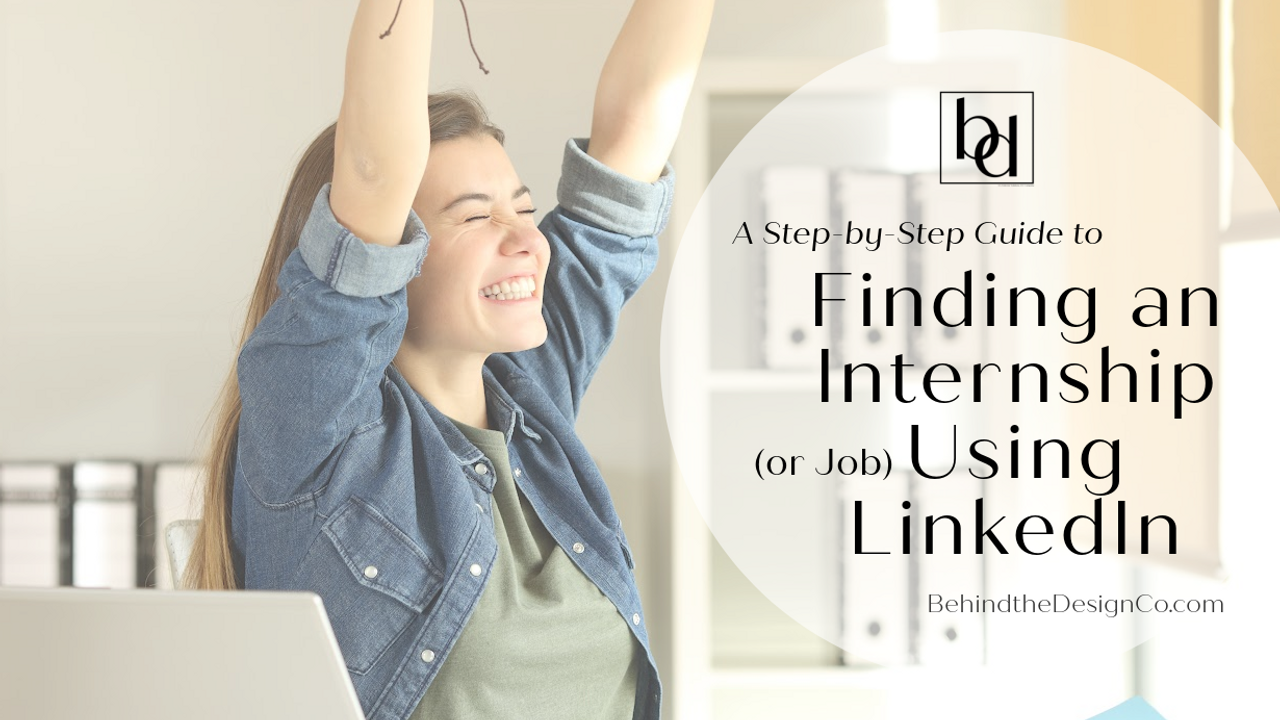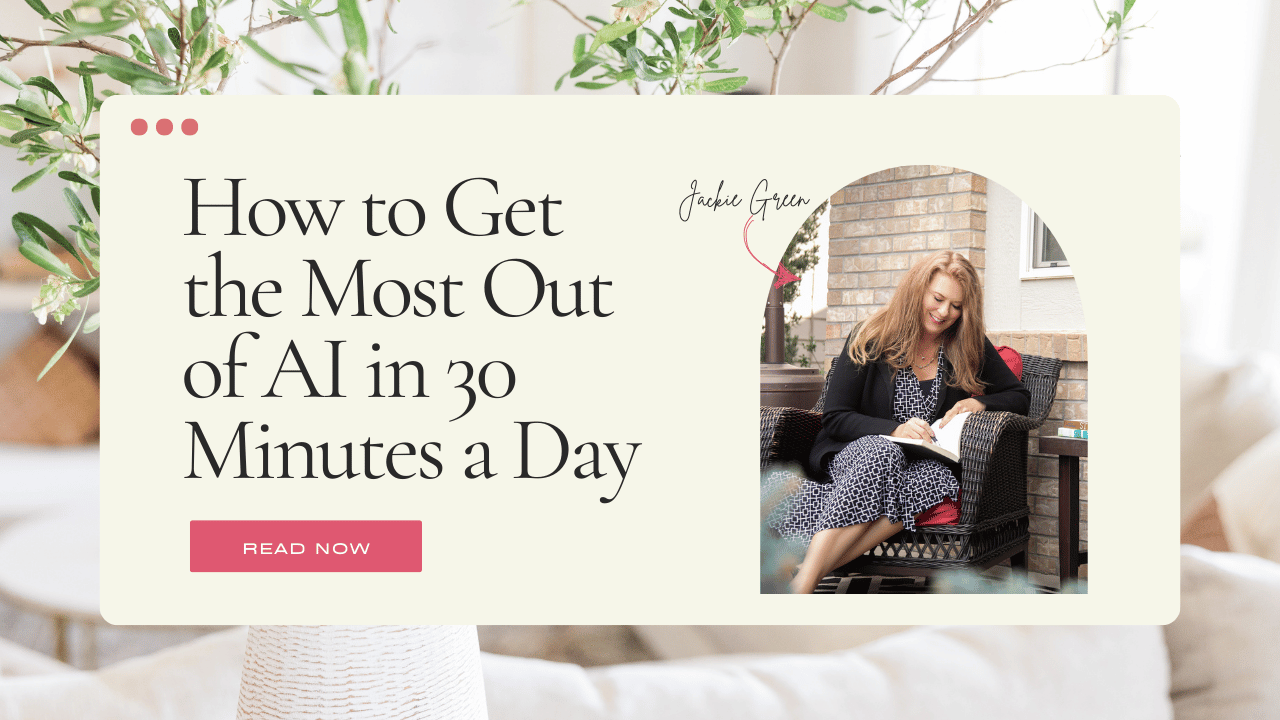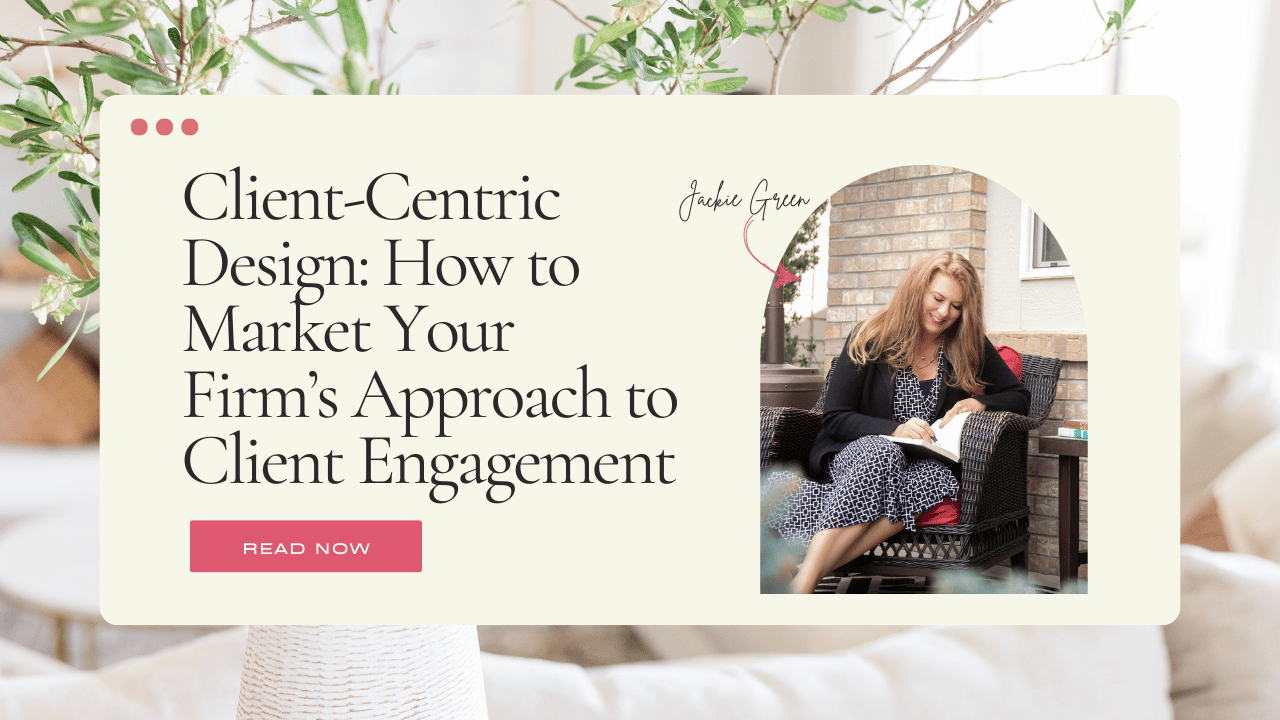A Step-by-Step Guide for Interior Design Students to Finding an Internship (or Job) Using LinkedIn
Jul 09, 2021
Your Internship Search Starts with LinkedIn
This last semester, I got a question from a design student asking if she should join LinkedIn. I wanted to reach through the computer and kiss her because it was a perfect introduction to discuss the importance of students to start developing their professional brand. LinkedIn is more than just an electronic version of your resume. It can help you connect with the industry, find an internship or job, and even research new products.
As of the end of 2020, LinkedIn has over 700 million total users and 260 million active users.
As the only social media platform focused on professionals, you should be on LinkedIn if you want to work in the interior design community. Although you can use other social platforms to reach potential customers, LinkedIn is the only one that solely serves the business community.
What you can do on LinkedIn
As mentioned, LinkedIn can be so much more than an electronic resume. As an interior design student, you can find this platform to find an internship or a job.
Additionally, LinkedIn allows you to…
- Build a community
- Find & stay connected to vendors
- Identify new products
- Connect with hiring managers
- Share your knowledge across a more extensive audience
- Expand your knowledge
- Find customers
- Build a personal brand
- Understanding Degrees of Separation on LinkedIn
LinkedIn works on the notion of six degrees of separation, where on average, everyone is connected to one another within 6 connections. In LinkedIn, you may know someone that is 2nd degree because of a mutual acquaintance. LinkedIn allows you to connect with your friend’s friends and then their friends.
Understanding this theory, you can use your current connections to build a larger community. If that is the case, how do you use LinkedIn to find an internship or even a job?
Step 1: Build a LinkedIn Profile that Represents your Personal Brand
Signing up for LinkedIn is free. You will begin by building a profile. Don’t skimp on this area. You want to take your time to complete all areas, from uploading a professional photo to listing your employment experience.
Related Article: "How to Use LinkedIn to Promote Your Personal Brand"
One of the questions I get from students is what to do if you don’t have interior design experience. Unless you have never had a job or volunteered, or even played on a sports team, you have transferable skills.
These skills are related to any job that can also be used in a design job. For instance, working and leading a team is a transferable skill. Manage a fundraiser for a school project shows you can manage multiple aspects of a large project.
Even if you are switching careers, you have transferable skills that can relate to the design industry. When listing your employment, be sure to point out the transferable skills, not just what you did day-to-day.
Related Article: “8 Steps to Improve Your LinkedIn Profile”
In LinkedIn, you have an “About” section. This section is super important for several reasons. First, you can craft a message that represents your personal brand. Second, you can add keywords that will help the search engines recognize you when searching for that term.
Finally, people who land on your profile may only scan the profile, but will most likely read through a summary. Be sure this summary tells visitors how you fit into the professional world and is compellingly and concisely, without grammatical errors.
On the profile page, you can also upload your portfolio as a PDF, as well as a website or electronic portfolio link. You can also upload images of spaces you designed.
Step 2: Build Your Network
Now that you have a profile, it is time to connect with people you know. LinkedIn allows you to give access to your contact list through your email provider. You can also search for people you have gone to school or worked with by using the search or looking at employees through the company page.
When I switch careers, I found that my entire LinkedIn was based on my previous career. Everyone I knew was associated with my marketing career. I had to change that. The one thing I did was go through all the business cards I had held onto since starting my new career and connect with each person. I used the search, found the person, and then sent a short note to reintroduce myself.
Related article: “How I increased my LinkedIn Connects by 36% with Old Business Cards.”
Be sure to connect with other students, instructors, and people you have met through your design program. These connections will help you long term.
Once you have reached out to all of your available connections, it is time to work on the 2nd-degree list. In LinkedIn, under “My Network” (located at the top of the page), you will find a laundry list of people you may know. These search results are triggered based on the information you included in your personal profile. If you listed you lived in Denver, you might see people from Denver.
Start connecting with these professionals. Simply click on their name, not the connect button, and which takes you to their profile. Under their profile, you want to find a button that says connect.
When you click it in this location, you have an option to add a note. In the note section, you have 300 characters to type out a quick intro and why you are connecting. Be sure to personalize this note. Don’t use the standard language. This is your opportunity to start a conversation.
I have a helpful hint for you. If you get tongue-tied and don’t know what to write, then prepare a personal introduction message that allows you to customize with the person’s name and one common fact. I always prepare these statements in Word, then I can spell check before I copy and paste in the note.
Next, you can start looking for interior designers from your community or the community in which you want to work. It has been my experience that most people are willing to connect. Be sure you send a thank you for connecting message once they have accepted. This is when you can ask if they are looking for an intern or know some who may be looking for one. This is not the opportunity to hard sell, so just make it quick and to the point.
Once you are connected with someone, you have unlimited messaging abilities. You can strike up a conversation reasonably quickly by learning more about the other person. Remember, I have given this advice before, compliments always help open doors. Something as simple as mentioning a designer’s project featured in a design magazine will show you are paying attention.
Step 3: Post Updates Weekly, plus Respond to Others
As you are connecting with people, it is time to start sharing your personal brand. You will begin posting updates that support your professional goals. This is how your connections can start to get to know you. I have brainstormed a few ideas for you, but I am sure you can think of many more.
Post Brainstorm:
- Images from various projects – take a snapshot of the work you have done either through school or work. One project can result in a minimum of 3 posts, but even as many as 10 posts, as long as you show a different aspect.
- Design boards – throw together a mix of tile, paint, floor, fabric, etc., as if it were a project – describe why you chose the finishes you included. This may feel like a class project, but you may be surprised by how people react.
- Inspirational notes, quotes, pic, or videos – Inspiration and feel-good is really in right now, and I see lots of people posting quotes, videos, and messages that warm my heart.
- Your own video – Videos are another big area for social media in general. Use your phone or computer camera to record a short message about yourself and how you are looking for an internship. You can do this for a job too. Tell your story about why you decided to become a designer or what you look forward to the most? You can do multiple videos. The video does not have to be perfect by any means; it just has to be real. I would definitely recommend showing your best side, though, by dressing the part.
- Add positive comments to others – LinkedIn isn’t just a place where you scream your own messaging. Take a moment to comment on other posts. If you see someone posting a professional milestone, congratulate them. Just don’t use generic words. Be yourself and share from the heart.
- Write LinkedIn articles – On LinkedIn, you have the ability to write longer articles. This is a great area where you can share your passions by writing blog-like articles that show your experience and knowledge. Articles should be educational and should not be sales pitches. Though you can give a blurb at the end about who you are and a link to follow you.
Need more ideas on engaging an audience, check out this free download.
Step 4: Keep an eye on who is hiring.
Look under the Jobs tab, look for internships or entry-level design positions. Keep an eye on who is hiring and then use this information to connect with people who work at those design firms. You can also follow the firm’s company page to keep updated on projects they may be sharing. Don’t forget to follow GAI LinkedIn page as well.
This may seem like a lot of work, and you are correct. However, by building a strong foundation through your profile and connecting with your community, you will be surprised at the results over time. Make sure you take the time to be active every week.
Sign Up for Our Monthly Newsletter
Get helpful career, business, and design tips right in your inbox each month.
At Behind the Design, we are committed to building a stronger design community by reimagining education, training, and support for interior designers. Through our various software training options, educational articles covering everything from leadership to marketing, and soon Continuing educational courses, we are committed to helping you. Join our newsletter to get the latest education and training updates.










